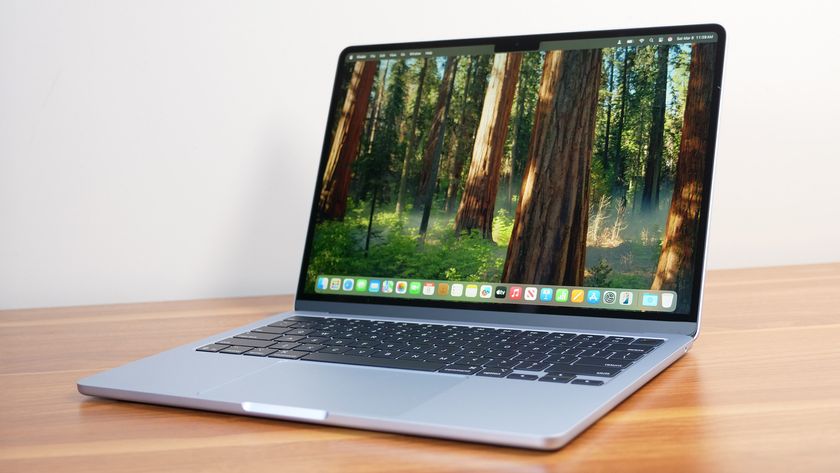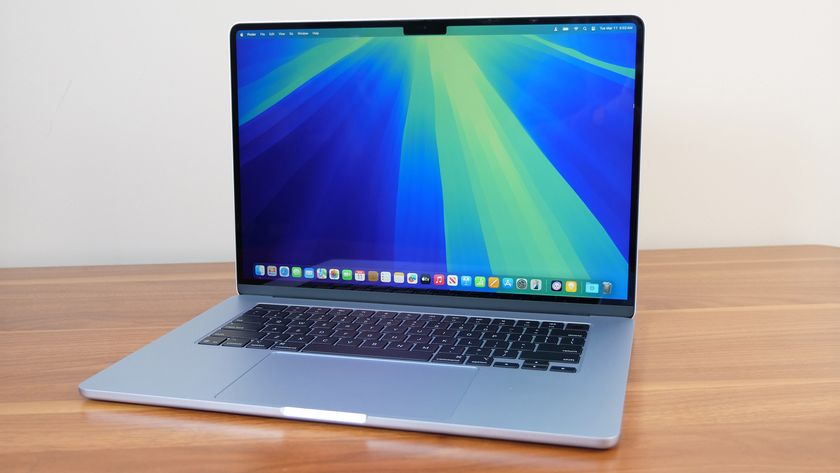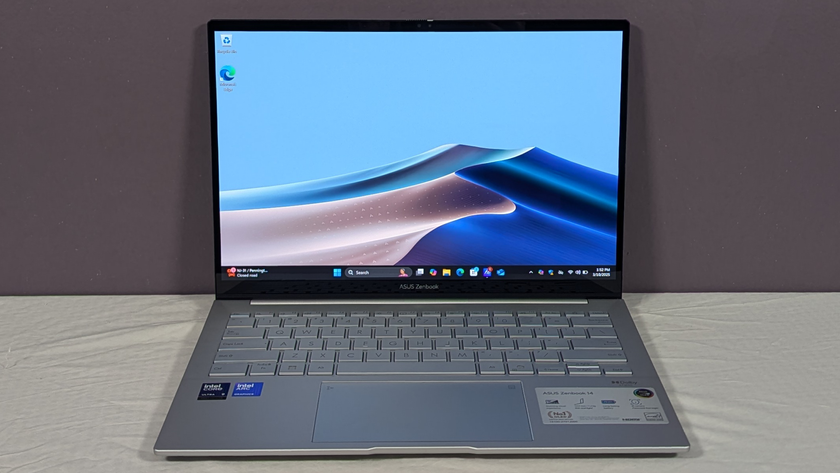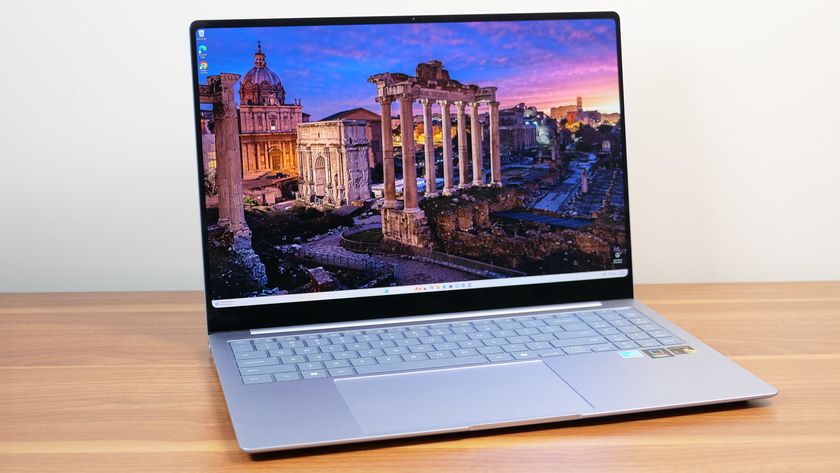Laptop Mag Verdict
A slick design, impressive performance, and an eye-popping display help catapult this multimedia machine to the top of the pack.
Pros
- +
Attractive design
- +
Outstanding performance
- +
Sharp, colorful RGB-LED display
- +
HDMI and DisplayPort connections
- +
Backlit keyboard
Cons
- -
Visible hinge screws
- -
Display kicks back heavy reflections
Why you can trust Laptop Mag
The 16-inch Studio XPS 16 dazzles with a first-of-its-kind RGB-LED screen option--which bursts with colors and offers wide viewing angles--and a sleek glossy black design, complete with leather accents. And Dell matches style with substance by offering a powerful Centrino 2 processor, gamer-friendly ATI graphics, a fast hard drive, and Blu-ray playback. Priced at $1,804 (and starting at $1,199), this 6.8-pound multimedia marvel isn't a system you'd tote to a coffee shop on a regular basis, but entertainment seekers wanting a luxury notebook will drool over this model.
Eye-Catching Design
The Studio XPS 16's slick aesthetic begins with its eye-catching glossy Obsidian Black lid (emblazoned with Dell's logo), set off by an anodized aluminum strip that stretches the width of the top and connects to a pair of thick, sturdy hinges (which bear the XPS logo). A panel of black, genuine leather at the base of the lid reinforces the idea that this is a classy, high-end machine. Dell even pays attention to the bottom of the notebook: portions of it are covered with miniature X's pulled from the XPS logo.
In addition, there aren't individual panels for the RAM and hard drive compartments; when you remove the bottom you get full access to the innards, which can be quite handy for those who like to tinker with their machines. Our only gripes with the XPS 16's design are that the glossy portion of the system's top picks up fingerprints and smudges very easily, and that you can see the screws that bind the hinges to the display.
Ports
Dell took advantage of the notebook's large 15.2 x 10.0 x 1.0-inch magnesium alloy chassis to include all the ports you could want. On the left side you'll find two USB 2.0 ports, and HDMI and DisplayPort connections (for outputting visuals to a larger screen), two headphone jacks, a microphone jack, Ethernet, and a Kensington lock slot.

Click to enlarge
The right side has an ExpressCard/54 slot, an 8-in-1 memory card reader, FireWire 400 (for speedy file transfer from external drives), a slot-loading Blu-ray drive for watching high-definition discs, and an eSATA port. The eSATA port doubles as a PowerShare USB port, which lets users recharge USB devices even when the PC is powered down.

Click to enlarge
The front of the machine features illuminated status indicator lights and an IR port, while the back is clean; it contains just the battery and heat-exhaust opening.
Keyboard, Touch Controls, and Webcam
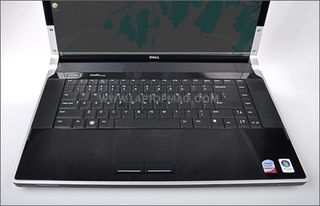
Click to enlarge
Reminiscent of the Apple MacBook and Apple MacBook Pro, the keyboard is backlit, but the keys are flatter and not quite as responsive. Still, we had a pleasurable typing experience while creating documents and responding to e-mails, as the deck was sturdy and without much flex. A good (but somewhat small) low-friction touchpad let us navigate the screen with ease, and a pair of mouse buttons with illuminated strips provided decent feedback when clicking icons and links.
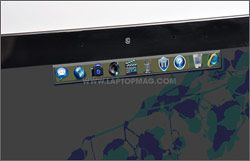
Click to enlargeA glossy strip above the keyboard houses the XPS 16's responsive multimedia touch controls that let us play/pause music, skip tracks, raise/lower/mute volume, eject discs, and toggle Wi-Fi radio on/off with ease. Similar to other areas of the system, the controls feature a cool white backlight for a unified appearance.
Conspicuous by its absence is a biometric fingerprint reader to keep prying eyes away from sensitive data, but the system features FastAccess facial-recognition technology, which we used in conjunction with the 2-megapixel webcam to log into the system using our mugs. Friends that we chatted with in Meebo reported that the camera provided clear images, albeit with some stuttering.
Display and Audio
Our Studio XPS 16 came configured with a high-gloss, 16:9, edge-to-edge glass RGB-LED screen (a $250 premium) that displayed visuals in Full HD (1920 x 1080 pixels). This panel stands out for delivering 100 percent of the color gamut, as opposed to the typical 40 to 60 percent of other notebooks, and because it boasts a relatively high 300 nits of brightness. This was borne out when we popped in the Blu-ray version of Zodiac into the 4X Blu-ray drive (which can be quite noisy when loading). Contrast was excellent, and we were highly impressed with the brilliant, colorful images.
The reds and golds in Tony Stark's armor were absolutely brilliant when we viewed a Blu-ray of Iron Man. We lamented the screen's heavy, distracting reflections, but the 130-degree horizontal viewing angles mean you can easily watch a flick with a friend sitting beside you. When we output the HD video to a 32-inch Samsung monitor we enjoyed rich blacks, and the image was remarkably crisp.
The Studio XPS 16 has built-in upconverting technology that enables DVDs to "view more like HD." While watching a DVD of Dark City, we saw decent visuals when viewing the flick on the 16-inch display and then on the Samsung monitor.
Flanking the keyboard is a pair of 7-watt Dolby 5.1 speakers that provided loud, clear audio capable of filling a large room, but there was some slight audio distortion when we maxed out the volume. Audio had a satisfying (although not booming) bottom end, while playing movies or streaming our favorite tunes from Slacker.
The Delightful Dell Dock

Click to enlarge
To make Vista more user-friendly, Dell has included its Dock on the desktop. This panel of icons is very reminiscent of the dock found in Mac OS X, except that it's located by default at the top of the desktop. You can customize the dock's location and color by right-clicking on it, or add a shortcut by simply dragging an icon onto it. It's a great way to quickly launch your most frequently used applications without needing to dig into the Start menu.
CPU Performance

Click to enlarge
A speedy 2.4-GHz Intel Core 2 Duo P8600 processor and 4GB of RAM (expandable to 8GB) made mincemeat of the PCMark Vantage benchmark (which tests Vista system performance) with an excellent score of 3,747, which was nearly 700 points higher than the mainstream average, but 396 points behind the HP Pavilion HDX 16, a similarly priced 16-inch notebook packing a 2.8-GHz Intel Core 2 Duo T9600 engine.
These numbers translated into a snappy computing experience; we had no problem navigating between multiple windows in Internet Explorer (each with several tabs open) while running a virus scan and playing a DVD. Converting a 2-minute-and-17-second video clip from MPEG-4 to H.264 took 37 seconds, which slowed only a bit to 45 seconds while playing a Blu-ray movie.
Boot Time and Hard Drive Performance
The 320GB, 7,200-rpm hard drive booted into the 64-bit version of Windows Vista Home Premium operating system in 1 minute and 10 seconds, which was 9 seconds slower than the average mainstream system. The XPS 16 redeemed itself, however, on the LAPTOP Transfer Test (which measures HDD performance) by transferring a folder containing 4.97GB of mixed media files in 4 minutes and 18 seconds, or 19.7 MBps--more than 2.0 MBps faster than the category average. If you're in need of higher capacity, Dell offers a 500GB, 5,400-rpm drive for an additional $100; if faster performance and greater durability is paramount, you can configure the notebook with a 128GB solid state drive for an extra $200.
Graphics Performance
The ATI Mobility Radeon HD 3670 discrete graphics chipset (with 512MB of memory) notched scores of 11,697 and 4,371 on 3DMark03 and 3DMark06, respectively--both double the mainstream average, and comparable to the HP HDX 16's scores of 12,852 and 4,116. This translated into a fairly strong rate of 77 frames per second when we played F.E.A.R. on autodetect (1024 x 768-pixel resolution). With the resolution bumped up to 1920 x 1080, and effects set to maximum, it dipped to 24 fps--not the greatest, but then again, this isn't a dedicated gaming rig.
Battery Life
The powerful GPU and RGB-LED screen contributed to the relatively short endurance of 2 hours and 25 minutes with the six-cell battery on the LAPTOP Battery Test (continuous Web surfing over Wi-Fi)--a full hour less than the typical mainstream machine but 26 minutes longer than the HP HDX 16 lasted. Our unit also shipped with a nine-cell battery (Dell plans to sell a six- and nine-cell battery combo for $100 in a week's time), but that only boosted the notebook's runtime to 3:31. Even so, the size and weight of the XPS 16 makes it unlikely that it will be moved around all that much.
Wireless Connectivity
Web surfing was smooth and fast thanks to the 802.11a/g/n radio that pushed data along at a rate of 19.2 Mbps at 15 feet away from our access point, and 16.7 Mbps at 50 feet; both scores are on a par with the mainstream notebook average. Family Guy clips streamed from Hulu.com played back smoothly and without any buffering. Bluetooth 2.1 + EDR is included, and although our model wasn't configured with 3G, Dell also offers optional AT&T, Sprint, and Verizon Wireless mobile broadband for an extra $125. The system is also GPS and WiMAX ready.
Software and Warranty
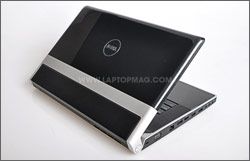
Click to enlarge
The XPS 16 comes with preinstalled with Adobe Acrobat Reader 9, Dell DataSafe (2GB of free online backup for a year; afterward, subscriptions start at $10 per year for 5GB), Dell Video Chat, Microsoft Works 9, Roxio Creator DE, and a 15-month trial to Trend Micro Internet Security. Dell covers the system with a one-year limited warranty and 24/7 toll-free phone tech support.To see how Dell fared in our annual tech support showdown, click here.
Verdict
If you're singing the recession blues, you can pick up the Studio XPS 16 configured with a 2.26-GHz Intel Core 2 Duo P8400 processor, Windows Vista Home Premium (64-bit), 1366 x 768 display, 4GB of RAM, 320GB hard drive, and 8X DVD burner for $1,199. Photo-editing and movie buffs looking for the best notebook display on the market, however, should definitely consider splurging for the RGB-LED display. The bottom line is that anyone on the hunt for a multimedia notebook with top-notch performance, Blu-ray, cutting-edge features, and plenty of style will find that the Dell Studio XPS 16 meets those criteria in spades.
Dell XPS Studio 16 Specs
| Bluetooth | Bluetooth 2.1+EDR |
| Brand | Dell |
| CPU | 2.4-GHz Intel Core 2 Duo P8600 |
| Card Slots | 8-1 card reader, ExpressCard |
| Company Website | http://www.dell.com |
| Display Size | 16 |
| Graphics Card | ATI Mobility Radeon HD 3670 |
| Hard Drive Size | 320GB |
| Hard Drive Speed | 7,200rpm |
| Hard Drive Type | SATA Hard Drive |
| Native Resolution | 1920x1080 |
| Operating System | MS Windows Vista Home Premium |
| Optical Drive | BD-R/DVDRW |
| Optical Drive Speed | 4X |
| Ports (excluding USB) | Kensington Lock, Headphone, HDMI, Firewire, USB/eSATA, Microphone |
| RAM | 4GB |
| RAM Upgradable to | 8GB |
| Size | 5.2 x 10.0 x 1.0 inches |
| USB Ports | 2 |
| Video Memory | 512MB |
| Warranty/Support | One-year limited/24/7 toll-free phone |
| Weight | 6.8 pounds |
| Wi-Fi | 802.11a/g/n |
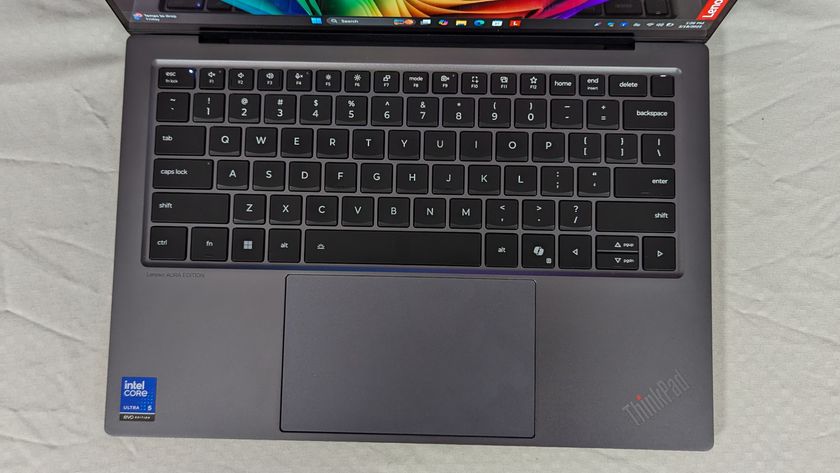
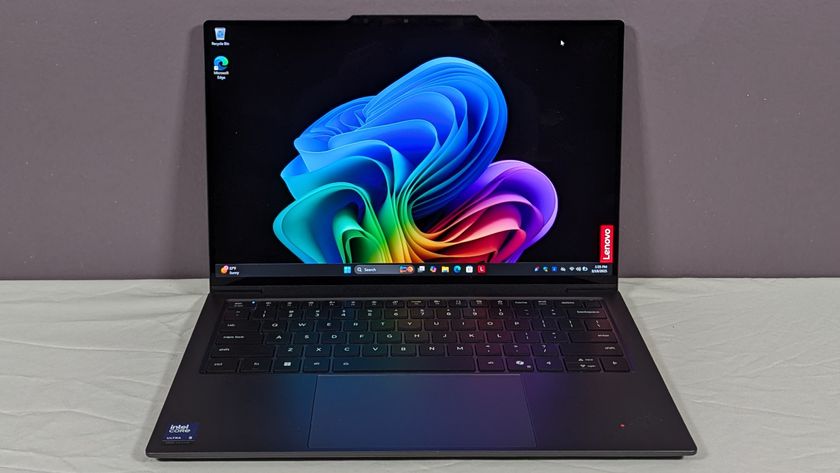
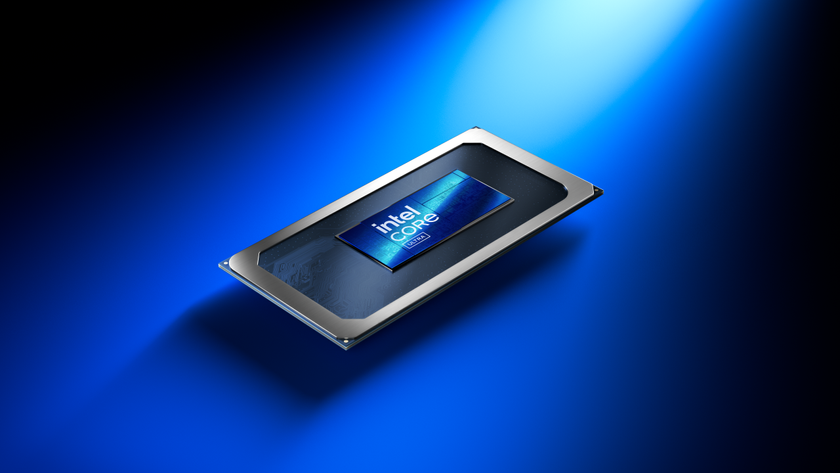
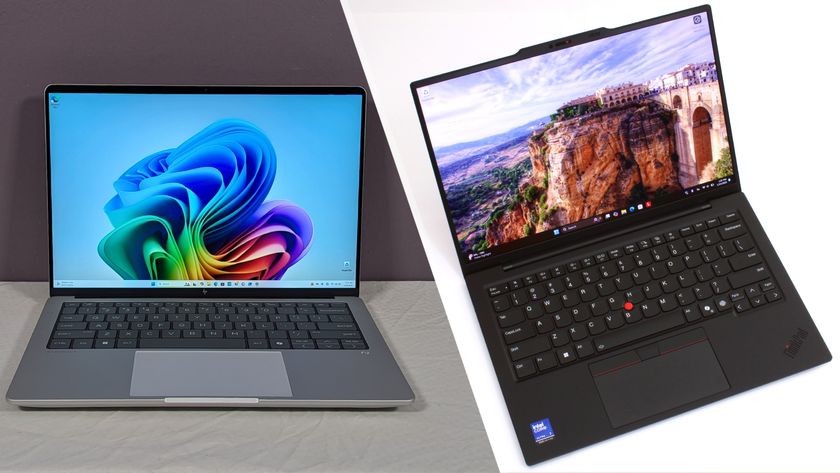
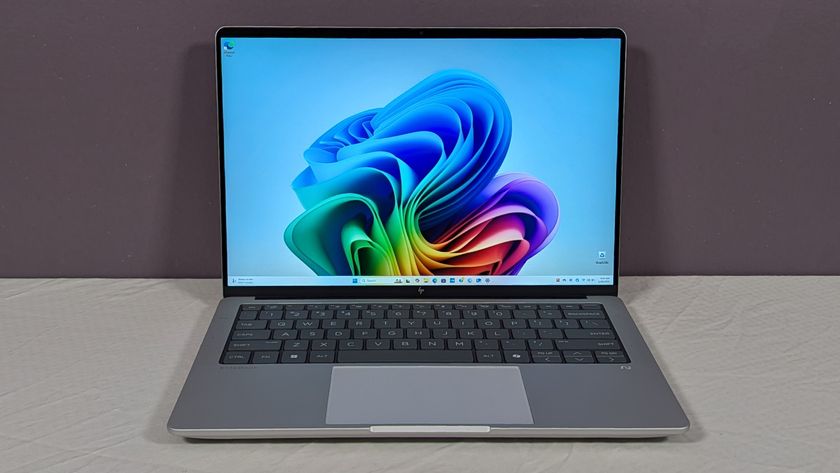
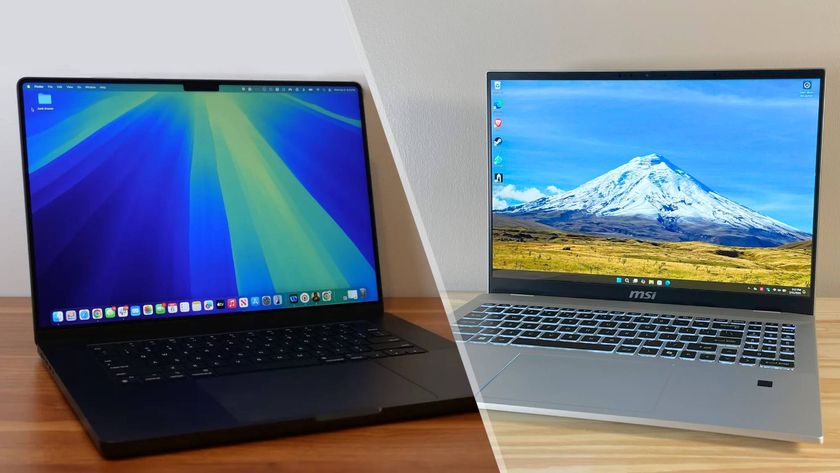
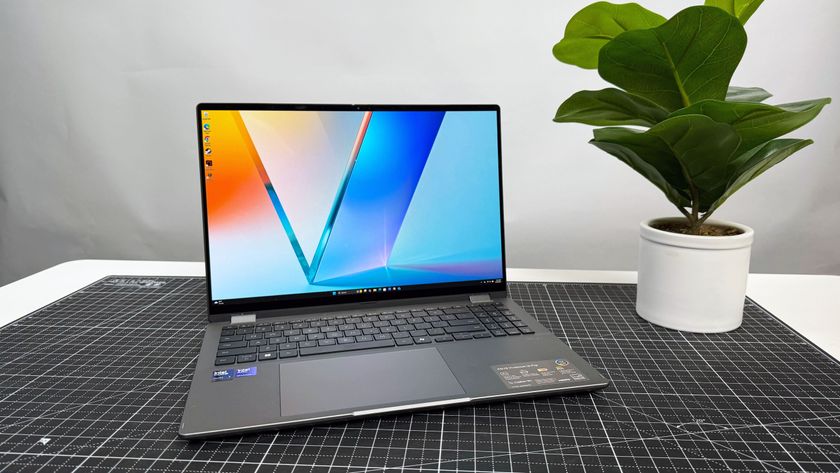
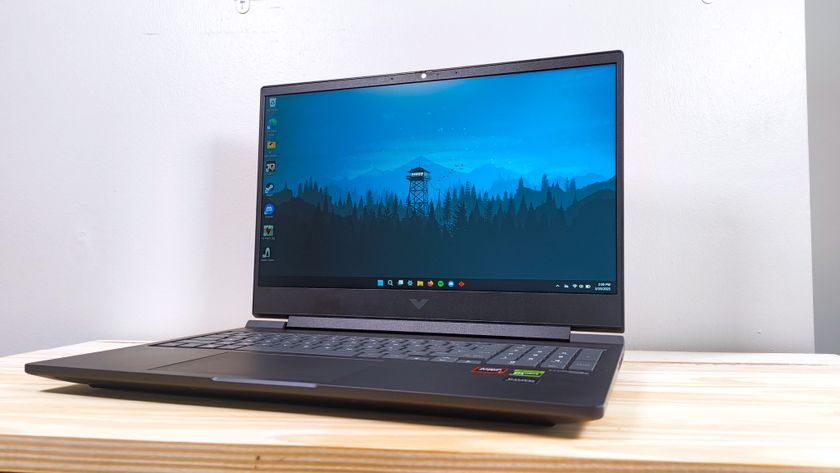
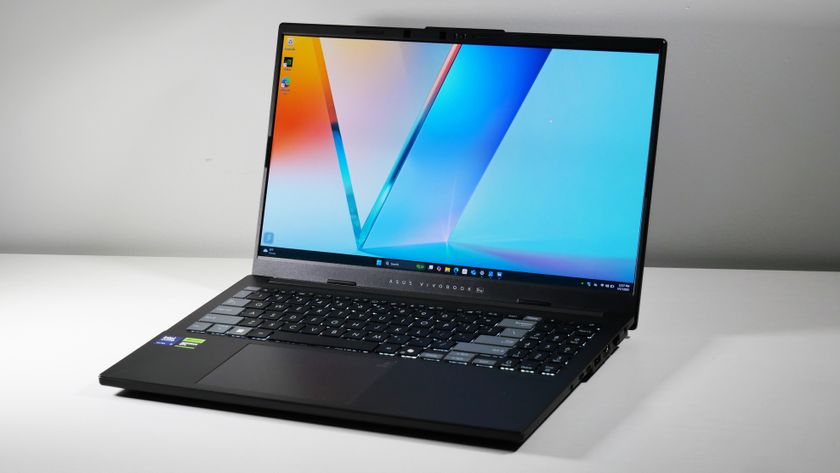
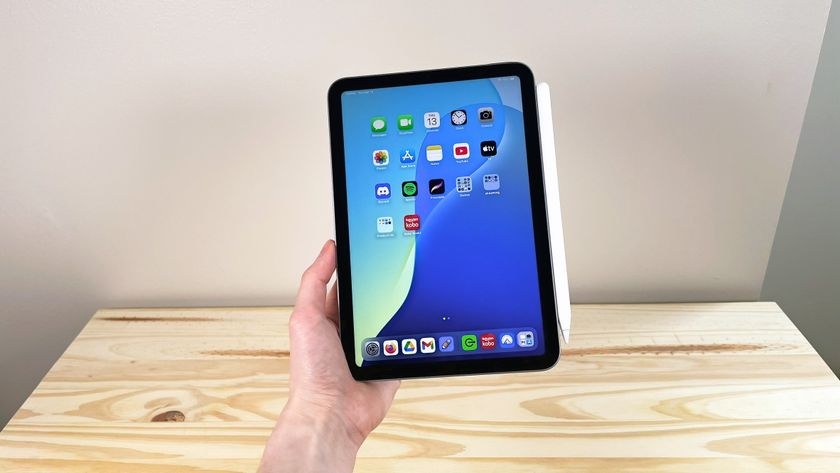

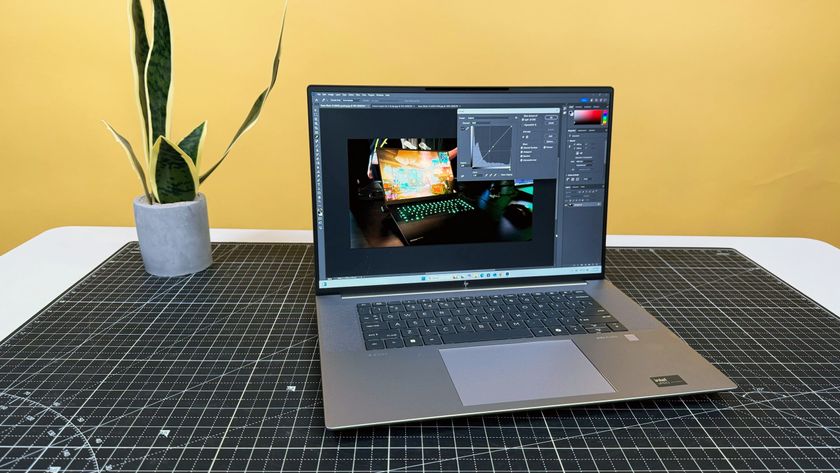
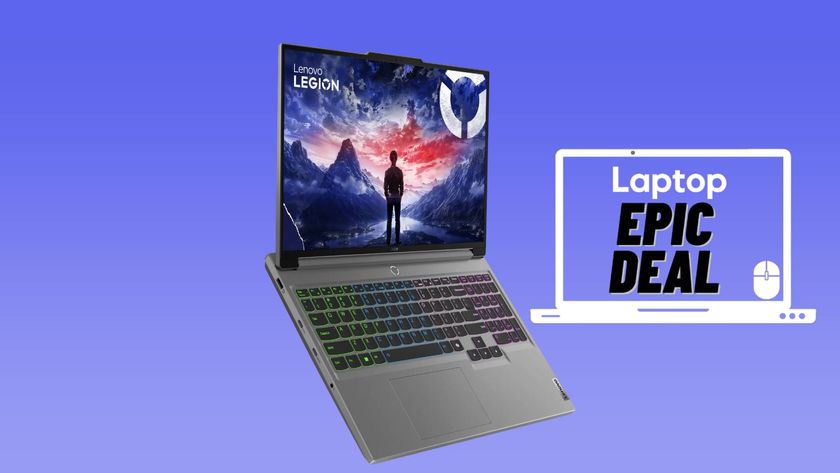
The excellent Lenovo Legion 5i RTX 4070 gaming laptop hits its lowest price since Prime Day for Amazon's Big Spring Sale

Is generative AI inadvertently reducing the voices of many to the banality of one?

Upgrade your reading experience for less with this Kindle Colorsoft deal for Amazon's Spring Sale!
